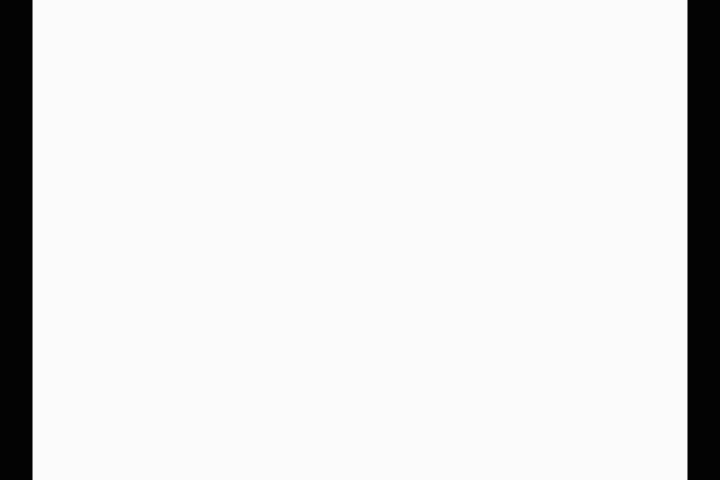Team:SJTU-BioX-Shanghai/Project/Light sensor/Blue
From 2013.igem.org
(→Sensor Design) |
Stzlandorle (Talk | contribs) (→Blue Light Sensing System) |
||
| Line 45: | Line 45: | ||
There are three parts in this blue light regulated gene expression system in total. First, YF1 protein. The histidine kinase YF1 protein is a fussion protein that employs a light-oxygen-voltage blue-light photosensor domain. Second, FixJ protein. This is a regulator and its status can be controlled by YF1. Third, FixK2 promoter. This promoter is regulated by FixJ. | There are three parts in this blue light regulated gene expression system in total. First, YF1 protein. The histidine kinase YF1 protein is a fussion protein that employs a light-oxygen-voltage blue-light photosensor domain. Second, FixJ protein. This is a regulator and its status can be controlled by YF1. Third, FixK2 promoter. This promoter is regulated by FixJ. | ||
| - | Suppose that there is no light, or say, in the absence of blue light, YF1 will phosphorylate its cognate response regulator FixJ, which then drives robust gene expression from the FixK2 promoter. However, if blue light is | + | Suppose that there is no light, or say, in the absence of blue light, YF1 will phosphorylate its cognate response regulator FixJ, which then drives robust gene expression from the FixK2 promoter. However, if blue light is introduced to this system, YF1 will be dephosphorylated, which will result in the dephosphorylation of FixJ, thus preventing the FixK2 promoter. Then, gene expression level will be greatly reduced. |
| - | The wavelength of blue light used in this system is 470nm, and it has a minimal overlapping effect with red and green light. There is also a figure in this published paper showing different gene expression levels with different light intensities. More importantly, after careful calculation we | + | The wavelength of blue light used in this system is 470nm, and it has a minimal overlapping effect with red and green light. There is also a figure in this published paper showing different gene expression levels with different light intensities. More importantly, after careful calculation we found all the parameters indicated that this system was suitable for us to use. Another interesting and important but unexpected brief interlude happened during our calculation, and this will be mentioned at the "Others" part in this page. |
<html><img src="/wiki/images/a/ad/13SJTU_bluelight.gif"></img></html> | <html><img src="/wiki/images/a/ad/13SJTU_bluelight.gif"></img></html> | ||
Revision as of 01:55, 28 September 2013
|
| ||
|
 "
"

